I was lead by my daughter, from one book to the next, as she explored the vast sampling at the Fondo de Cultura Económica bookstore in Mexico City. We soon lost count of the books she had pulled from the shelves, but eventually we had to make our choices and bid our farewell. It was at this moment that I noticed a black, horizontal book on a side bookcase: The Black Book of Colors. Intrigued, I picked it up and found myself reading the whole thing right there and then.
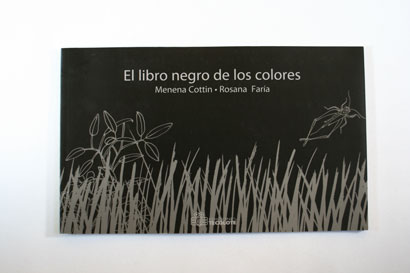
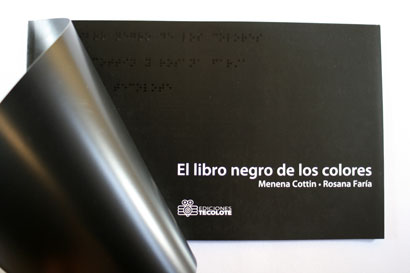
Granted, it is a children’s book, thus not very long. Yet from page one, Tomás, the protagonist of the story, captivated me, even more than the design and printing of the book. In The Black Book of Colors, a child narrates how Tomás, his friend, sees color:
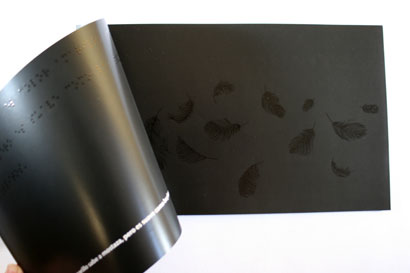
“According to Tomás, Yellow tastes like mustard, but is as soft as a chick’s feathers.”
“Brown crackles under your feet when the leaves are dry. Sometimes, it smells like chocolate, and sometimes it does not smell very good.”
You see, Tomás is blind, and Venezuelan author Menena Cottin uses this perception to get readers to take a minute and reconsider what color is, from a new point of view. With this in mind, she collaborated with illustrator Rosana Faría and together they produced a completely black book. They printed the illustrations, and the Braille text, with a fluffy, slightly raised spot UV varnish (that begs to be touched), and simply typeset, reversed type in something close to Frutiger.
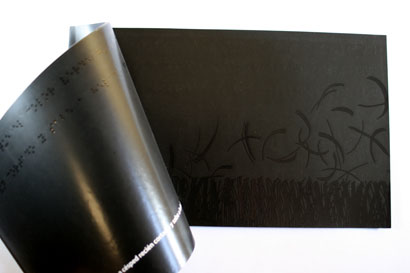
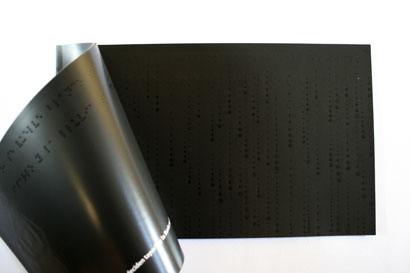
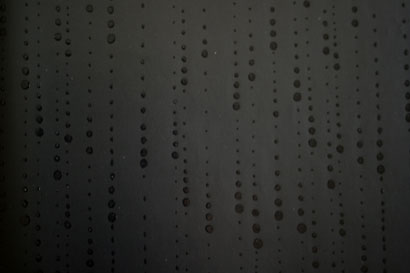
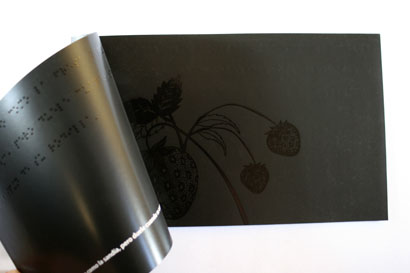
Simple in its design, simple in its production and simple in its story, this book has touched many readers, and has captivated audiences of many ages. For now, I have my copy not so much for my daughter, but for the adults in the house as a reminder that that with which we work everyday, goes beyond a PMS number or an RGB/CMYK value.
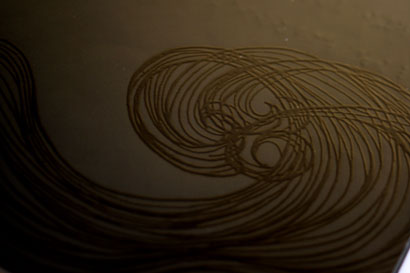
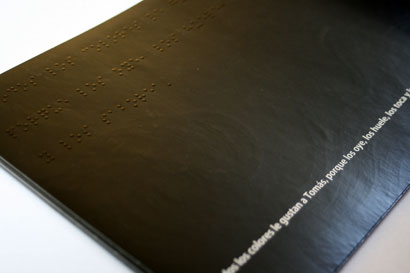
Published by Ediciones Tecolote, this book received the 2007 BolognaRagazzi New Horizons Award with a unanimous vote. The book is also available through Amazon, The Black Book of Colors.
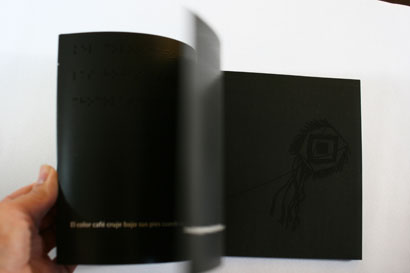






And how does one acquire a copy of this beautiful book?
On May.15.2008 at 02:14 PM